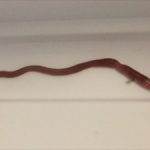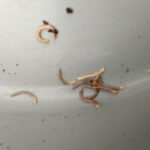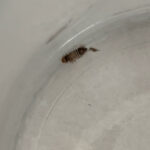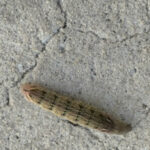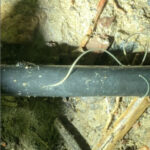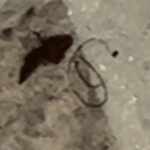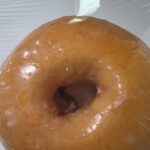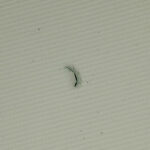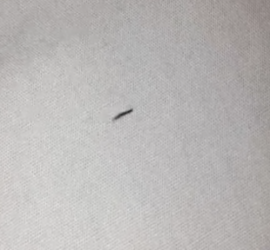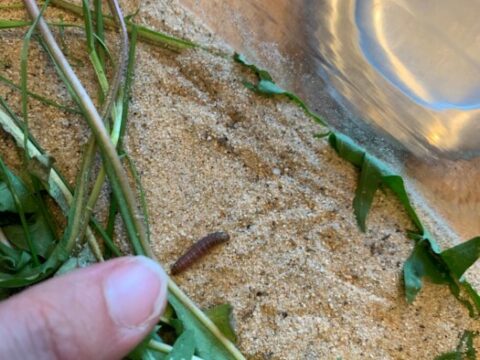The Christmas tree worm (Spirobranchus giganteus) can be found on coral reefs in tropical waters around the world. The Christmas tree worm is not dangerous to humans and both male and female Christmas tree worms exist. They reproduce by casting their eggs and sperm directly into the water. The eggs are fertilized in the water then develop into larvae that settle on coral heads and burrow into the coral.
The Christmas tree worm can be quite pleasing to the eye. It is Christmas tree-shaped with dazzling twin spirals of plumes used for feeding and respiration. This serpulid tube-dwelling worm is one of the most widely recognized sedentary polychaete worms in the world. The cone-shaped worm comes in many colors including orange, yellow, blue, and white. With an average 3.8 cm in span, the Christmas tree worm is small in size but because of their beauty, shape, and color, they are easily spotted. Their colorful plumes, or tentacles are used for respiration and for passive feeding on suspended food particles and plankton in the water. Though the plumes are visible, most of the worm is anchored in its burrow that it bores into a live calcareous coral.
If you approach a Christmas tree worm, it will sense your presence immediately. They are extremely sensitive to disturbances and will rapidly retract into the burrow at the slightest touch or passing shadow. They typically re-emerge a minute later, very slowly, to test the water before fully extending their plumes again.
The Christmas tree worm feeds by using its radioles. Radioles are hair-like appendages that circle outward from the central spine to catch phytoplankton floating in the water column. Once the worm catches the food, it is then passed down the food groove by the feeding pinnules. The feeding pinnules are ciliary tracts or tiny hair-like extensions on the surface of cells that generate water currents to move food or mucus. The food particles are sorted, but larger particles are discarded. Any sand grains that the worm collects are directed to storage sacs to be used later for tube building.
The Christmas Tree Worm and Your Home Aquarium
While the Christmas tree worm will make a beautiful addition to any home aquarium, most die within few months due to the improper care and lack of natural surroundings. To give your Christmas tree worm the best chance at a long life, follow the recommendations below.
Recommended Water Parameters for Keeping Your Christmas Tree Worm
PH: 8.2-8.3
Temperature: 77-79F
Ammonia: zero
Nitrite: zero
Nitrate: zero
Specific Gravity: 1.021-1.026
Dissolved Oxygen: 7-8 ppm
Calcium: 400-450 ppm
Phosphates: zero
KH: A natural seawater level of 7 dKH
Redox Potential: 350-400mv
For pictures of Christmas tree worms and a video of a Christmas tree worm retracting click here to visit Reefbuilders.com.
All About Worms is always free, always reader-supported. Your tips via CashApp, Venmo, or Paypal are appreciated! Receipts will come from ISIPP Publishing.



